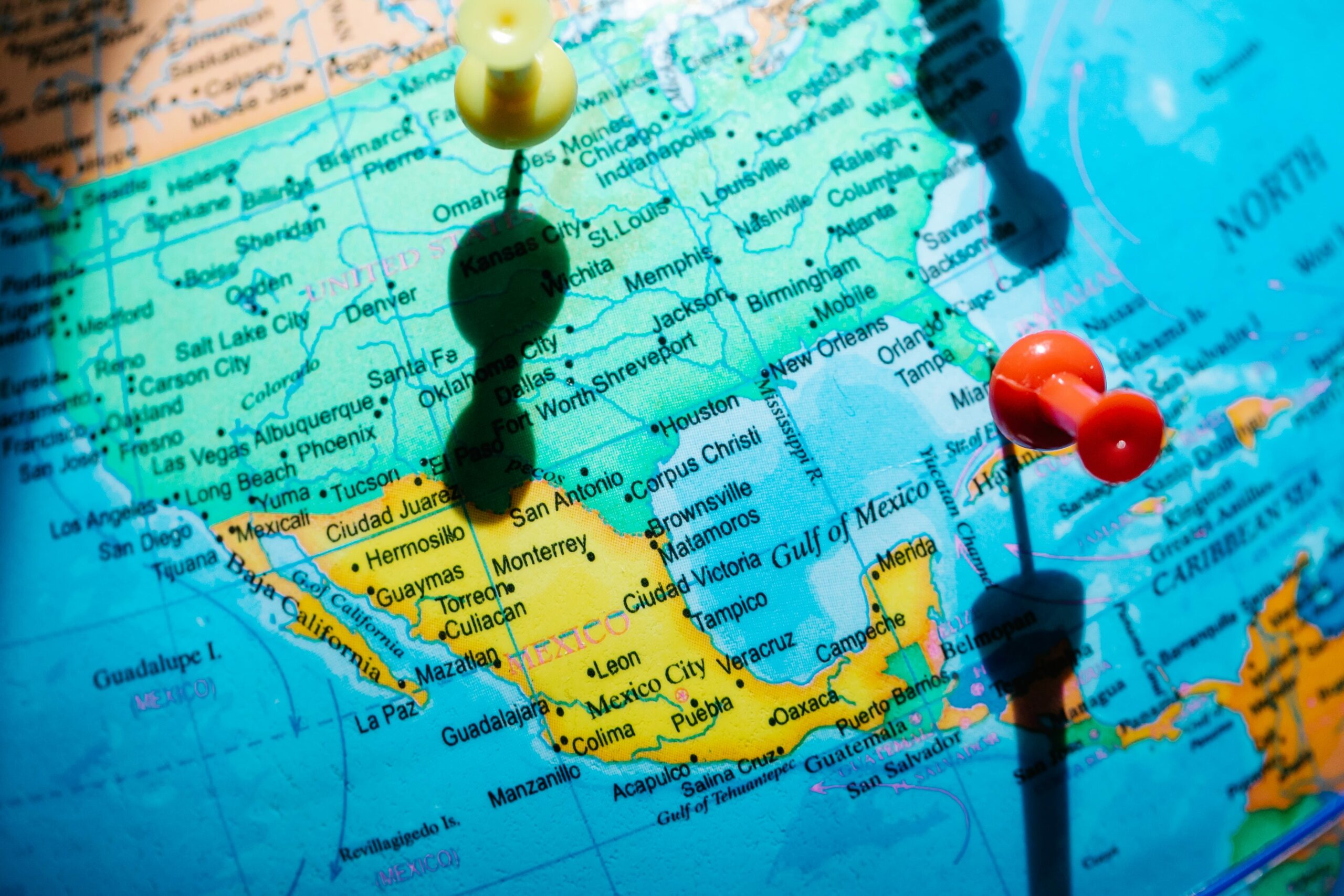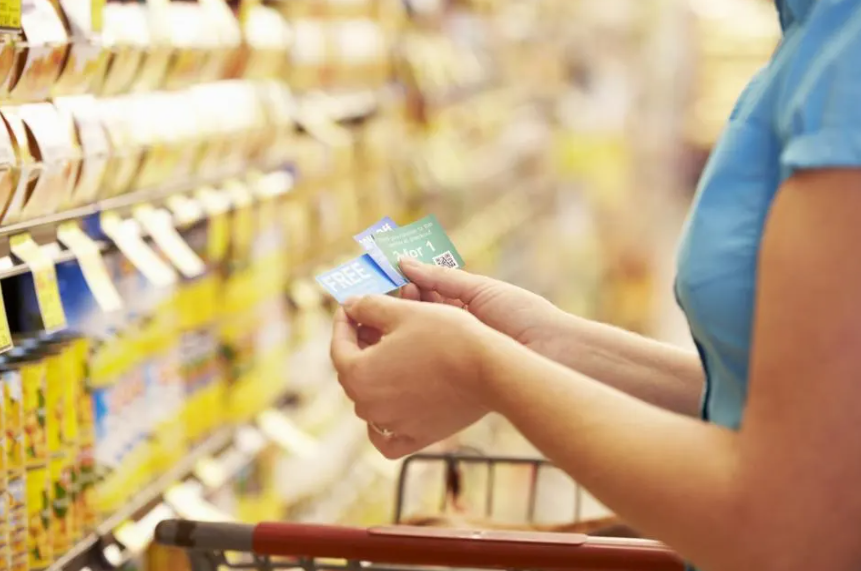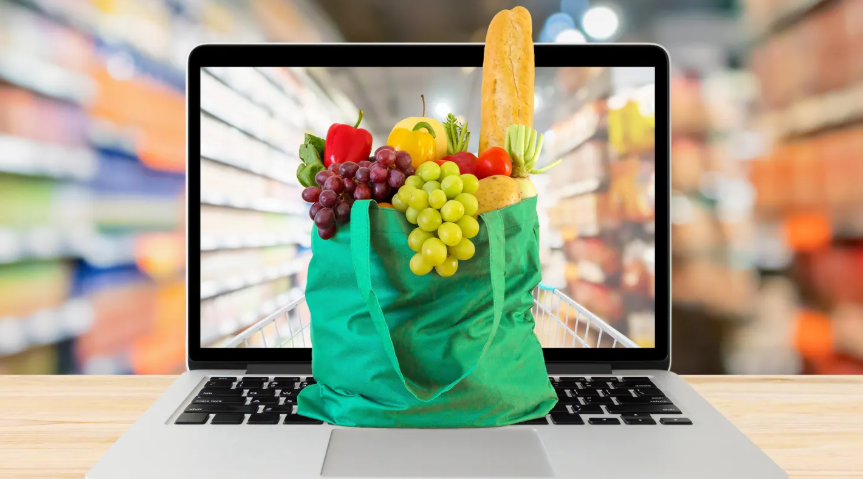This article was posted by toolbox.com, February 9, 2022.
The chance that someone will make a purchase often increases exponentially when taking a more personalized and localized approach to marketing. Technologies like dynamic creative optimization, targeting, and automation make this process seamless for large and small brands alike, says Adam Ortman, SVP of Growth & Innovation, Generator Media + Analytics.
Personalization is nothing new to marketing. For a while now, brands have been tailoring their messaging and promotions to groups of consumers who meet specific sets of characteristics. The extra effort improves engagement and increases the chances of a purchase. Besides, people like it and expect it. In fact, according to Accenture, 91% of consumers say they’re more apt to shop with brands that provide relevant offers and recommendations.
Localization is a more recent development in the marketing realm, especially when it comes to national brands. The strategy still retains many personalization elements, but the campaign now speaks to hyperlocal markets. It’s about making your brand more accessible without feeling forced or disingenuous by figuring out which touchpoints along the customer journey would benefit from localizing.
Lululemon went local with its marketing, going so far as to enlist local ambassadors, whose pictures and bios appear on its website, social media pages, and in-store materials. Celebrating individuals from the community helps create more authentic relationships with local consumers, improving engagement and boosting sales. Whole Foods is another brand with a local marketing approach, not only carrying and promoting local goods but also providing “contextual” experiences by geotargeting — sometimes geo-conquesting — shoppers with special offers on smartphones. The brand also created regional giving programs to make itself a true partner in the community.
Technology: Still Changing the Game
Taking hyper-localized initiatives on such a large scale might sound like a feat in and of itself. But a combination of automation, targeting, and dynamic creative optimization (DCO) has certainly shouldered much of the weight. Depending on location, online behavior, brand interaction, and a variety of other factors, the technology serves individuals with very personalized ads or offers.
Let’s say, for example, a national shoe brand that sells both in-store and online is gearing up for a national yet localized marketing campaign. With the help of automation, targeting, and DCO, a person in Kansas City, Mo., surfing for shoes would begin to see display ads showcasing other Kansas people wearing that brand’s shoes with the name of a retail location nearby. A rural Montanan without access to a retail location would be served a display ad to buy shoes online, with free shipping, after conducting a similar search.
If that same national shoe brand wanted to add another layer to the campaign and only advertise for struggling stores across the country, it could use that same technology to target customers in the market for shoes who are most likely to purchase from a retail location, but that targeting would only occur within a 15-mile radius around a selection of stores.
Without automation, targeting, and DCO, these marketing initiatives would need to be managed with hundreds (if not thousands) of campaigns, various pieces of creative assets, and just as many budgets to track.
Direct-to-Consumer Goes Local
But it isn’t just national brands going local with their marketing. Smaller direct-to-consumer (DTC) brands, which are already on the rise, are now targeting consumers with a neighborhood-ish kind of flare. They’re engaging and shipping to shoppers across the country. And for these brands to remain competitive in the marketplace, many have become more efficient, nimble, and highly personalized with their messaging and experiences at scale, even going as far as aggressive one-on-one mobile SMS text-based campaigns.
Take Bonobos, for example. The men’s clothing brand has been opening “Guideshops” across the country to offer one-on-one experiences for shoppers. A rep will work with a customer to determine the size, fit, and style most befitting him, and then this information can be used to order products going forward. Airbnb, a DTC vacation rental brand, regularly collaborates with the local community to promote its rentals. It offers restaurants, tourist sites, shopping, and other recommendations to people considering a trip to almost any locale. The brand literally taps into local knowledge of the area to sway vacationers.
Making a Hyperlocal, More Personalized Move
Acting nationally while thinking locally is within grasp for any brand. It all comes down to the technology you leverage to support your marketing efforts. Here are just a few suggestions to add to your toolbox:
1. Dynamic creative
Paired with consumer data and geotracking, building a warehouse of creatives will aid in your dynamic assets. These ad sets and websites typically lean on a variety of images, text, promotions, and the like, all pieced together depending on the variables involved. For example, a person’s geographic location and Google search history would pull in imagery from his or her city or region and then layer in specific retail location text and perhaps a retail-specific promotion. This information might also inform what a customer sees on your website, hero shots, content, and so on.
2. Targeting
Slicing and dicing your data is key for understanding how consumers behave online. It’s also essential for capturing what they do on your website, allowing you to serve visitors personalized ads on products they’ve already interacted with. While Google’s in-market audiences are always impressive, first-party data is king. Collect and store this data in a customer relationship management system, and use it to track and draw prospects back to make a purchase, targeting and retargeting with relevant ads across a variety of other websites and channels.
3. Automation
Technically, there is a degree of automation built into most campaigns these days. You can manage campaigns and target customers across multiple channels with myriad messages and offers. But without leveraging a marketing automation platform like Marketo or Salesforce, updating and relaying data to marketing teams can be an extremely manual process. If, for example, a customer purchases a product, you don’t want to serve them an ad repeatedly. It’s a drain on the budget. Instead, the technology allows you to suppress converted customers in near real-time.
Personalization and localization with your marketing only take you so far. Both tactics can put your brand on the radar and inspire customers to buy. But then your attention should turn to maintain those newfound relationships with other tailored offers and campaigns. Thankfully, the same technology can be used to manage these efforts. The messaging, on the other hand, will need to change.



